Want to know about the Middle Ages? You’ve come to the right place! I’ve collected a wide assortment of resources for this unit study on Medieval Times with a focus on Europe. While our Live Education Waldorf homeschool curriculum for grade 6 includes several lessons on this time period from other areas in the world, I’ve decided to split up this time period and focus this unit primarily on Europe followed by a unit I’m calling “The Silk Road” which will focus on other areas of the world. And while I do use our Live Education curriculum as a resource, I don’t use it exclusively. And while I may supplement with some resources when doing a Main Lesson Block, it’s clear by the volume of resources this time around, that I have more than enough material for a massive unit. I’ll share the resources I love and the ones you can skip. I’ve included a number of kits and projects, as well as activity books and cookbooks into the mix because I believe that rounding out a unit with these materials not only makes the unit fun and memorable, but increases the educational value of the unit and the other resources. By far the most memorable lessons were the ones which involved food! For your family it may be the field trips or the stories or the projects. Whatever it is, know that these undervalued educational opportunities are usually the ones the children will remember longest and with fondness.
A lot goes into putting together a unit study, so I want to break down my process so you can get a better idea. I know at first it can be overwhelming, especially since I’ve listed so many topic areas, so chose the ones that resonate with you the most.
When putting together a history unit, I look for books/resources in the following topic areas:
History (famous people, timeline history, historical events)- this will serve as your history resource. You can either read from the book or prepare lessons. Often our Live-Education Waldorf curriculum serves this purpose.
Biographies (picture books work great for biographies)-Once your unit is on its way, you may learn of different historical figures who made a difference (good or bad) and you may want to explore and learn more about that person. Biographies in the form of picture books are ideal for all ages. In my experience, I find them to be well written, informative, engaging and not overly heavy. If you want to assign a book to your child, you can also find biographies at all reading levels.
Geography (a single atlas book does fine)-I have yet to find an atlas I love or a set of maps I like, but I know having something printed will help the student visualize what’s going on. I find this useful starting from about 4th grade on.
Historical fiction (a great way to get your history/culture in a fun book)-Historical fiction is a great way to learn about history in a story format. While not all historical fiction are good or accurate, I feel adding them into your unit will help solidify historical events and give context to the greater historical period. These types of books do a wonderful job setting the stage of a time period. You can learn a lot about the culture, people, geography and customs in historical fictions.
Culture/food/clothing (cook up a dish from the time period, sew a garment)-By far the best most memorable lessons are in the kitchen. While I’m not always historically accurate with our meals, it’s the spirit of the lesson which I’m looking for.
Audio books/songs (music from the time period is fun to listen to)-You may find that you don’t have time to read all these awesome resources. That’s okay! Use audiobooks and other audio resources when you can’t, don’t have time or aren’t prepared!
Projects/Activities (pre-made kits are a go-to staple around here)-One of things I’m most grateful for these days in the education world is the volume of pre-made activity kits. They are fantastic! Practically every unit we do has at least one hands-on project. I know it’s challenging to make time and space for projects, so rather than collect the materials yourself and DIY the project yourself, try sourcing pre-made kits. While I’m a big DIYer, I do really appreciate a good kit. You can also try kit subscription services like Kiwi Crate, too.
Games (Professor Noggins are our favorite)-I love games. I couldn’t wait till my children were old enough to play board games with me. While we started with Monopoly, Chess, Scrabble and card games when they were young, we upped our game as they got older. I can’t say how much I love the Professor Noggins games. They are trivia based card games that are simple to play. They are a great opening activity to start off your day.
Workbooks (use sparingly or skip and do narrations)-While we don’t use workbooks often in our homeschool, there are so many wonderfully written workbooks that can supplement a unit. I don’t have any strong recommendations, but I only suggest you use them sparingly.
Picture books (surprisingly informative & fun)-By far the most undervalued of the resources in my opinion. I find picture books to be of tremendous value because I usually find them well written, informative and are accompanied by illustrations. I also feel all ages benefit from a good picture book. While you still have young students in your homeschool, be sure to add these in because your older students will love them, but may not ask for them.
Activity and project books (Lauri Carlson has several)-While there are many activity books, I do love the ones by Lauri Carlson best. They are simple, easy and make use of material you probably already have around the house!
Science/math (adding other subjects rounds out your unit)-Often but not always, you may be able to find math and science books related to a time period. Snatch those up and use them! It’ll be a great way to round out your unit.
Two more things I use for lesson planning are full back Post-its sticky pads and a pencil. I write notes about each book/resource on the sticky pad and stick it on the front cover of the book for easy lesson planning. This helps the next time I do a unit since I may not use all the same materials.
When starting out our unit, I often set up our material in an inviting way on a shelf or on top of a short bookcase. I also tend to do at least one chalk drawing per unit, and often I do more. For this unit, I did a chalk drawing I hope to keep for our Middle Ages unit as well as our Silk Road unit.
I’m drawing on my 4’x6′ slate chalkboard which I painted with chalkboard paint in 2017 when the slate had smoothed out and wouldn’t hold chalk well. I’m also using my Sargent Art Square Chalk Pastels I got from Dick Blick.
For artistic and educational inspiration, I’m using the Live Education Waldorf homeschool curriculum for grade 6, the Middle Ages main lesson book. Art inspiration for the mosque came from an online search. I made pencil sketches first, but that sort of proved useless as I didn’t refer to them.
This chalk drawing took 75 minutes to complete not including the time it took to make touch ups (maybe 20 minutes).
Originally, I drew the Blue Mosque in Turkey as inspiration for this unit as well as for Ramadan 2018, but I ended up erasing it in the fall to make room for a new drawing. You can still check out that video here in case that chalk drawing suits your unit better.
Since I’ve done this Middle Ages unit before, there are supplies we’ve had for a while that were loved before and so we’re using them again. Additionally, we are making use of new material, too.
Here is my preliminary Lesson Plan:



As I progress through the unit, I share our progress via Instagram. While much of the information is included in the blog post, on occasion, you get some insight that’s current and relatable.
Resources & Buyer’s Guide
Affiliate links used on this page
The following is a fairly complete list of the materials we have right now. You can find tutorials for the activities we did for this unit. On occasional, you’ll see a tutorial video on how we completed the project and how we used the resource.
Medieval Castle Kit
There’s more than one way to build a castle, but in some cases, it’s not the best way. I’ll demonstrate what not to do when assembling this Melissa and Doug castle puzzle. Let me just tell you from now, keep everything together until you are ready for each piece! In an effort to help my 12-year-old, who was going to assemble this castle puzzle for us, my 8-year-old daughter and I carefully took each piece out. What a disaster! While each piece is numbered so you know which piece to assemble it with, each piece also is numbered 1-80 on the board it comes in. So when looking at the directions, and it says take piece 12 and insert it into piece 57, you have to look at the board for those numbers to see which pieces they are. So there we were, searching and searching for each piece before we could actually assemble it. It probably increased our time by 25%. The whole project took about 2 hours to complete and while a child about 10 years and up could assemble this pretty much on his or her own, the castle is designed more for a 4-8 year old. So if you purchase this for your young child, know that you may need to assist in assembling the castle. Something else to consider is the durability of this completed castle. The pieces are made of foam, and if you’re not careful, they can become bent during assembly. Moreover, the final castle is easy to damage. If your children play with toys like mine do, it’s usually on the floor with sprawling imaginative play scenes. It’s easy to accidentally tread over this fragile castle and destroy it completely. If your children are especially young this might not be the right castle for them as the pieces are easily bent and broken. This is won’t be suitable for a toddler. Here’s the tutorial on how we assembled this puzzle castle.
Cooking Medieval Recipes
One of the most memorable homeschool memories my children have is when we head to the kitchen to do a historically inspired meal. In this case, we’re focused on the Middle Ages in Europe. We’re using the book Pelyn Delit Medieval Cookery for Modern Cooks by Constance B. Hieatt, Brenda Hosington and Sharon Butler.
We do all kinds of hands on projects and activities for our Middle Ages unit. You can see the complete playlist of videos.
While we took liberties in making our Medieval Feast, you can find the complete recipes in these excerpts from the book Pleyn Delit Medieval Cookery for Modern Cooks.
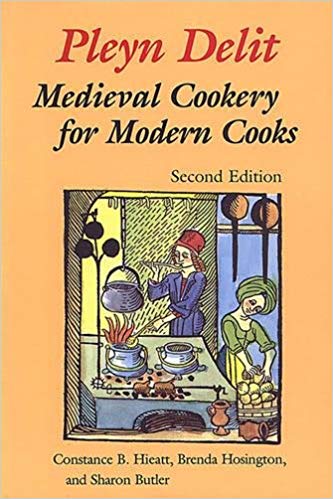 Pleyn Delit: Medieval Cookery for Modern Cooks
Pleyn Delit: Medieval Cookery for Modern Cooks
While we didn’t follow the recipes exactly, we did find this book to be a great resource for authentic yet modern version of Middle Ages recipes. You can find blog posts for the Medieval Feast and the Trenchers we made. You can also see videos of the Gilded Chicken and Beef Stew with Trenchers. We had fun with this book, but unless you plan to use it more thoroughly, or you are a history and cooking enthusiast, I wouldn’t recommend adding this book to your home library.
For this recipe, we used the book Pleyn Delit as inspiration. We made some modifications to the recipe like omitting wine and replacing currants with raisins. We also opted to use a multigrain pancake recipe to make the bread rather than buy various flours that would have been available in the middle ages like wheat, rye and barley. While the pancake mix included baking powder, we chose to add yeast to the dough so it would rise and taste like fresh baked bread. If you have a sourdough starter, that would be a more authentic choice.
Medieval Weaponry
If you shy away from hands on projects, I totally understand. They take far more time than you expect, more often than not the children need help and if you do complete the project, you may be left wondering if it was even worth it! Well let me tell you that this kit is awesome!! Not only does it actually work, the educational value surpasses many of the kits we’ve done in the past. Check out the video tutorial, and see for yourself! Then you can check out this short video of my son testing out trebuchet multiple times by adjusting the weights, counterweights and distance.
While we’ve done kits by Pathfinders before, this is the first time we’ve worked on the Medieval Siege Engine. As with the quality of all the kits we’ve used by Pathfinders, this one is filled with high quality and durable materials to construct a working, moving siege tower with catapult. And the best part? It actually works! We used it to launch rocks and other projectiles on our plaster castle we built several years ago. And, it actually broke pieces of the crenels on our castle towers. Everything you need comes in the kit except markers to decorate the flags, tape to keep your project in place while it dries and extra glue if needed. We did end up needing more glue to complete this project. You can check out a short video clip of my 12-year-old son testing out our Medieval weapons by checking out the the blog post to this video.
Books and Curriculum
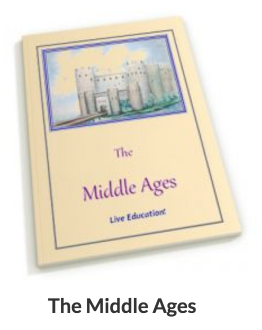 Live Education Waldorf Curriculum Grade 6
Live Education Waldorf Curriculum Grade 6
 Medieval Medicine and the Plague
Medieval Medicine and the Plague
The majority of our lessons contain a lot of reading aloud. While I do the majority of it, there are times when my 12-year-old son will do some of the reading aloud. During this part of the lesson, my children will usually be engaged in either handwork or quiet play. Sometimes I wonder if they are actually listening, but they are! Some students listen and retain better when their hands are busy. Other students concentrate better if they can move a bit while listening. Trust your intuition and your knowledge about your children before insisting they sit and look at you while you read. If you are orally narrating or simply conversing with your children or delivering a lesson (but not reading it out of a book), then eye contact is preferable in my opinion. But it’s your homeschool! Do what works for you.
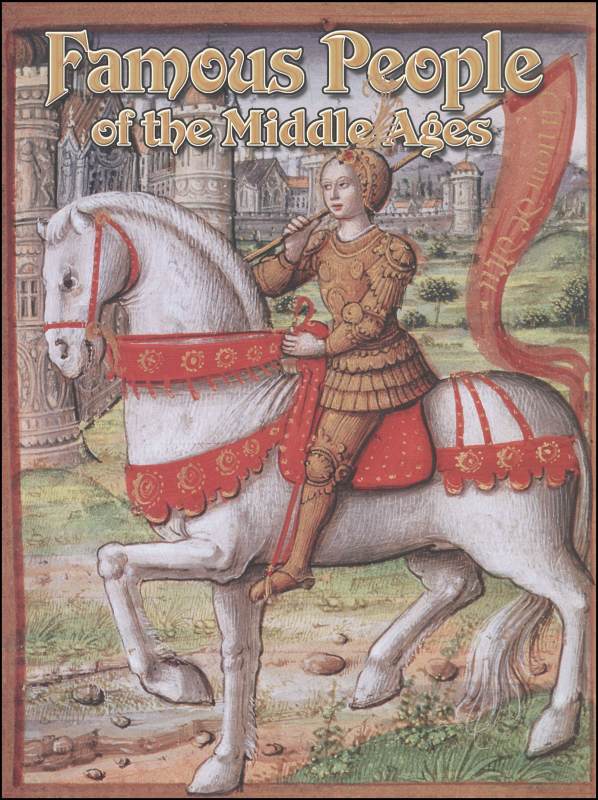 Famous People of the Middle Ages
Famous People of the Middle Ages
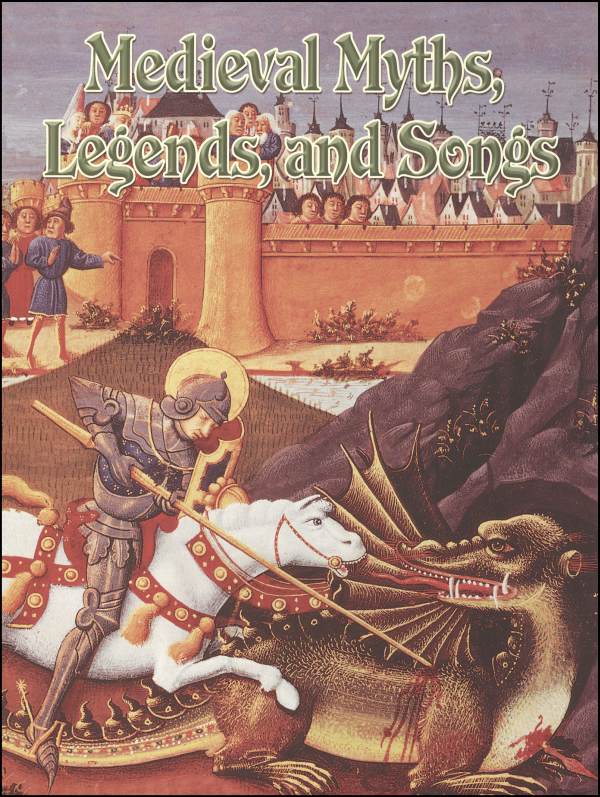 Medieval Myths, Legends and Songs
Medieval Myths, Legends and Songs
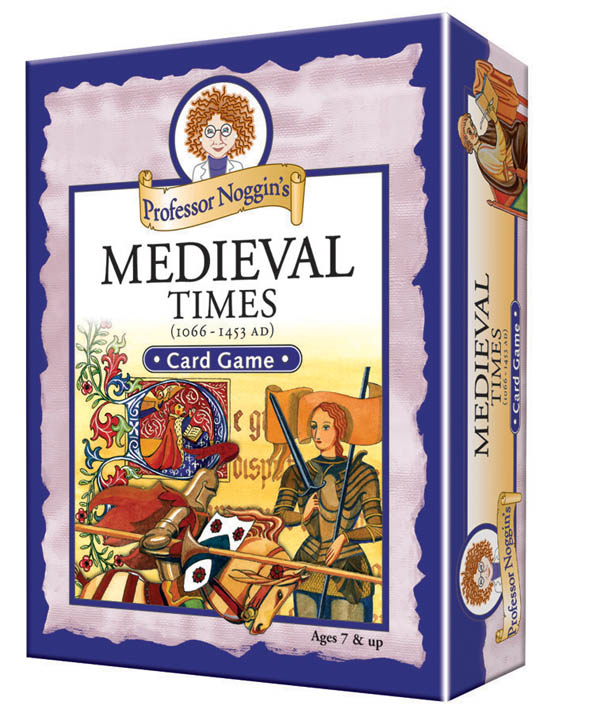 Professor Noggin’s Medieval Times Card Game
Professor Noggin’s Medieval Times Card Game
Sometimes our opening activities occur in the morning, but more often than not, they happen anytime throughout the day. And while I do wish we had more routine to our schedule, it is a good rhythm that has worked for us for several years now. We do aim to start at 8am, and we do aim to have lunch at 1pm, but after that, no two days are the same. Ideally, we’d start at 8am with some independent work or free play for the little ones, and move on to our main lesson at 9am. Ideally, we’d reserve the time after lunch for our handwork or hands-on projects and outings.
Today, I’m sharing what it looks like to do our opening activities for our main lesson. We are in the middle of our Middle Ages main lesson block and we are using the Professor Noggin’s Medieval Times Card Game to get us started on today’s lessons. We can’t do this game often because we play all the cards and it takes about 30 minutes. I found for this unit, it worked especially well about midway through our unit so we could draw on information we’d already learned.
You’ll probably notice I really get into playing games with my children. If you’re the same, you’ll probably like the same games we do, if you don’t care for games, that’s ok! There are plenty other opening activities you can do. Just find one that’s right for you.
 Famous Figures of Medieval Times
Famous Figures of Medieval Times
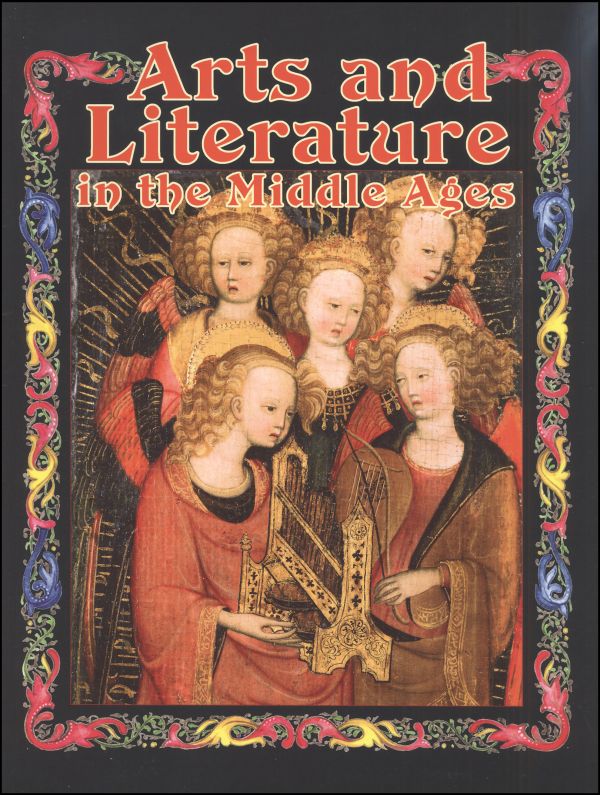 Arts & Literature in the Middle Ages
Arts & Literature in the Middle Ages
 Science and Technology in the Middle Ages
Science and Technology in the Middle Ages
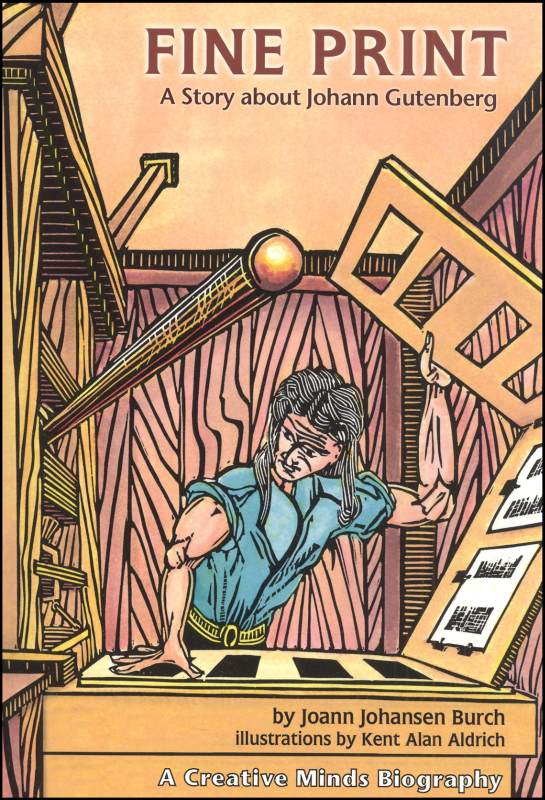 Fine Print: A Story of Johann Gutenberg
Fine Print: A Story of Johann Gutenberg
 You Wouldn’t Want to Work on a Medieval Cathedral
You Wouldn’t Want to Work on a Medieval Cathedral
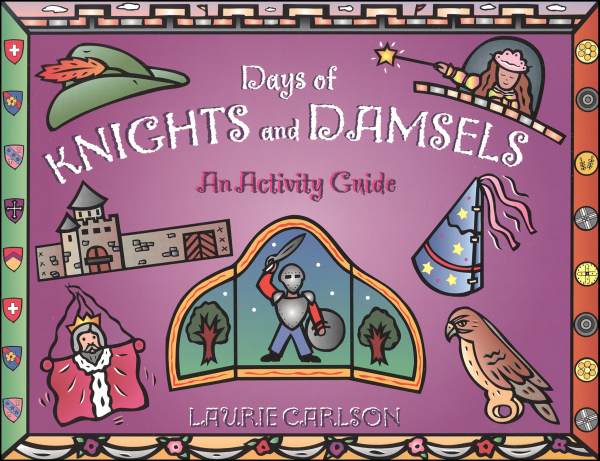 Days of Knights and Damsels an Activity Guide
Days of Knights and Damsels an Activity Guide
 You Wouldn’t Want to be Joan of Arc
You Wouldn’t Want to be Joan of Arc
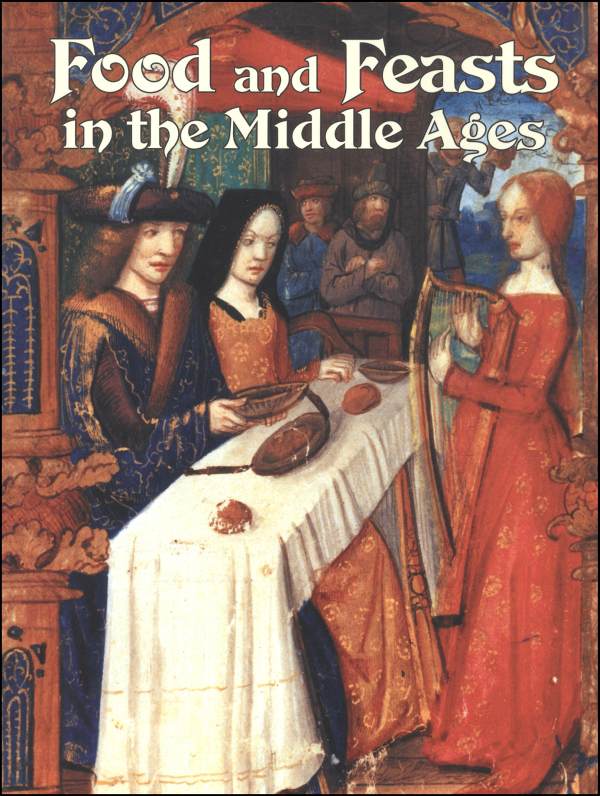 Food and Feast of the Middle Ages
Food and Feast of the Middle Ages
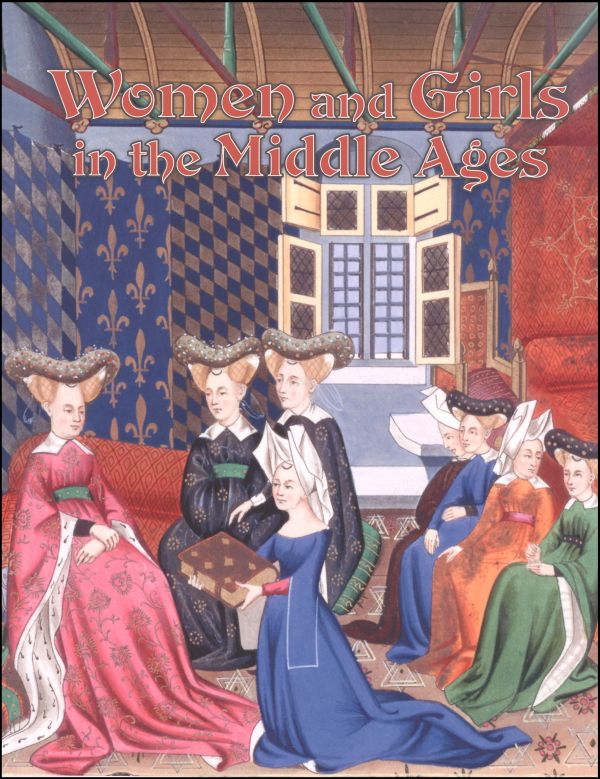 Women and Girls in the Middle Ages
Women and Girls in the Middle Ages
 Places of Worship in the Middle Ages
Places of Worship in the Middle Ages
 Medieval Towns, Trade and Travel
Medieval Towns, Trade and Travel
 Children and Games in the Middle Ages
Children and Games in the Middle Ages
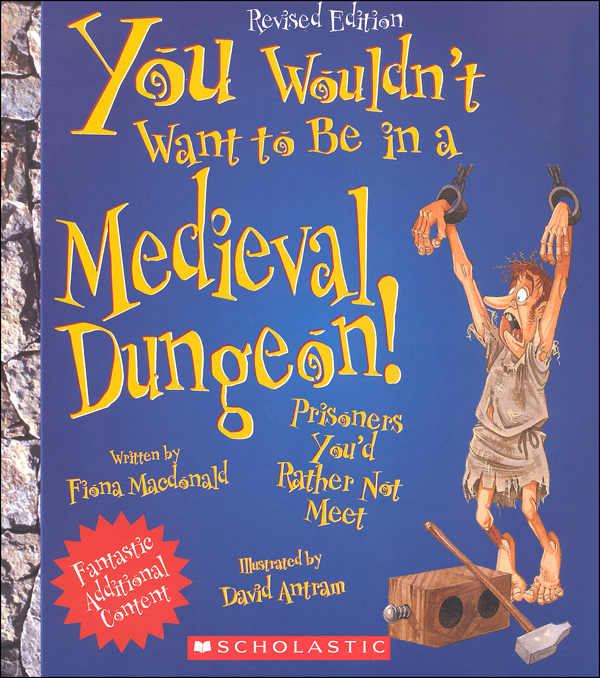 You Wouldn’t Want to be in a Medieval Dungeon
You Wouldn’t Want to be in a Medieval Dungeon
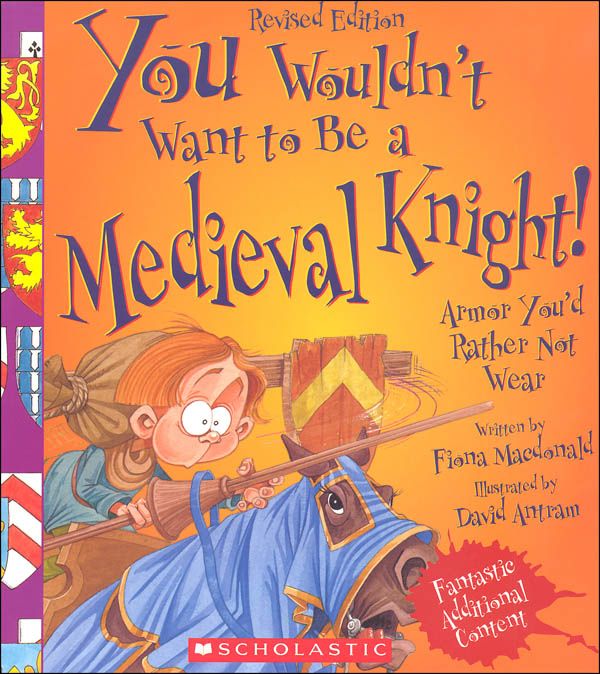 You Wouldn’t Want to be a Medieval Knight
You Wouldn’t Want to be a Medieval Knight
 You Wouldn’t Want to be a Crusader
You Wouldn’t Want to be a Crusader
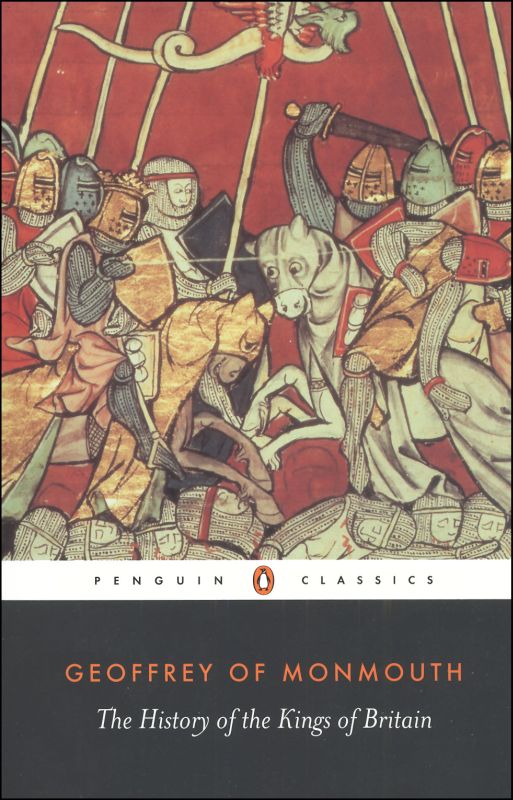 A History of the Kings of Britain
A History of the Kings of Britain
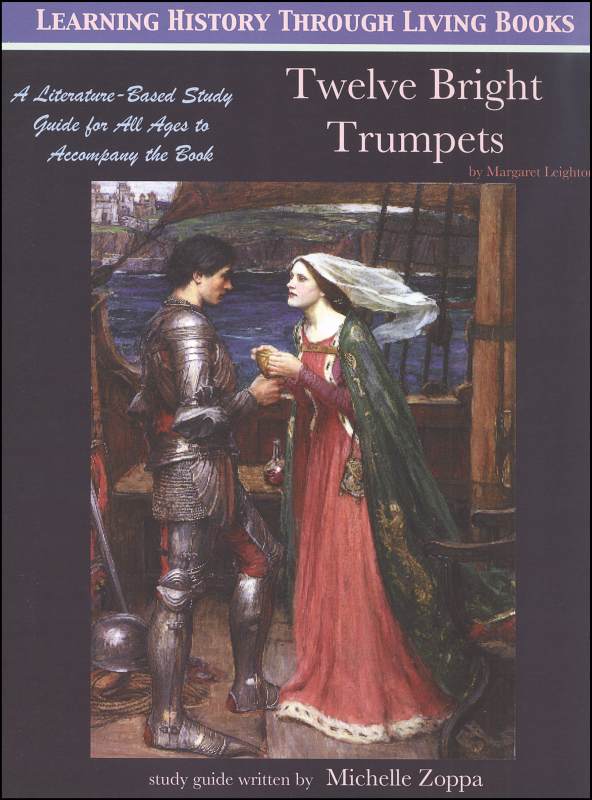 Twelve Bright Trumpets Study Guide
Twelve Bright Trumpets Study Guide
 The Youngest Templar Book 2: Tail of Fate
The Youngest Templar Book 2: Tail of Fate
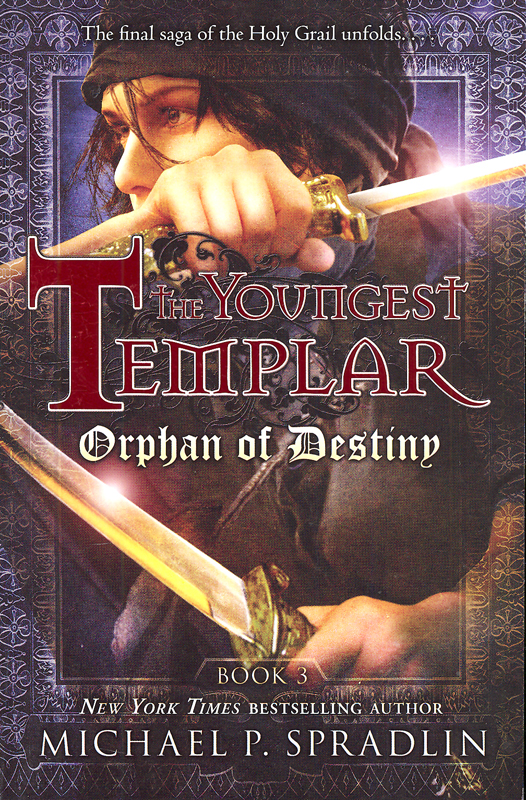 The Youngest Templar Book 3: Orphan of Destiny
The Youngest Templar Book 3: Orphan of Destiny

Growing a Medieval Garden: Medieval Herber
Medieval Herb Garden Tutorial
We made this Medieval herb garden for the first time back in 2010. I kept the materials and used it again in 2014 when we returned to this unit and again 2018 when we circled back to that unit for the third time (my children are about four years apart so we tend to circle through our units every four years). Now in 2021, and still working through that unit which took on a new path, this kit is literally falling apart. We got new soil, rocks and herbs and made another herb garden. I also got some herbs from a local hardware store and nursery to add to our garden which did very well and continue to provide herbs for cooking and visual enjoyment. We dip into our herb garden now and again when making recipes from our varied cookbooks which cover many regions and time periods.



Since this item is no long available, you can try this instead.
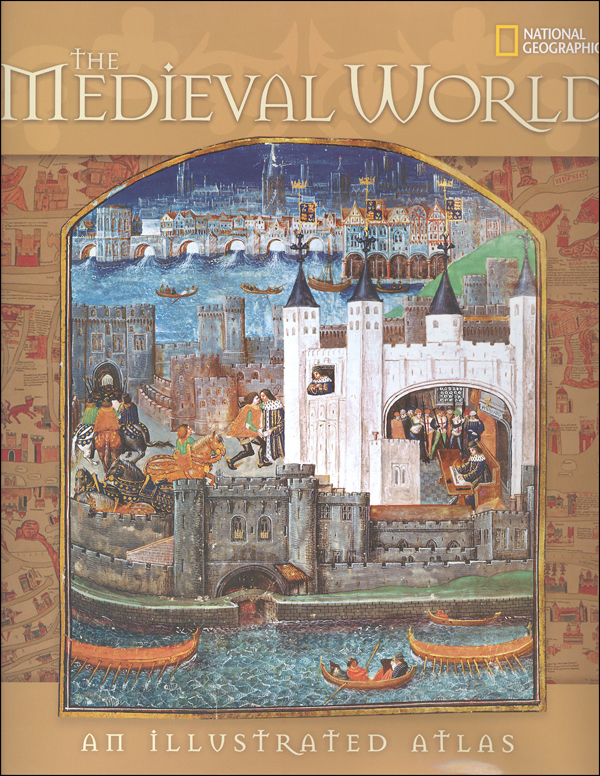 Medieval World an Illustrated Atlas
Medieval World an Illustrated Atlas
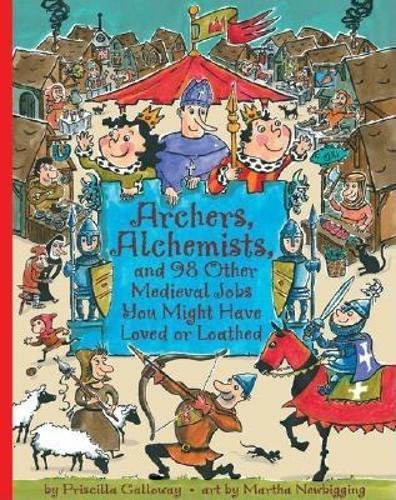 Archers, Alchemists: and 98 Other Medieval Jobs You Might Have Loved or Loathed
Archers, Alchemists: and 98 Other Medieval Jobs You Might Have Loved or Loathed
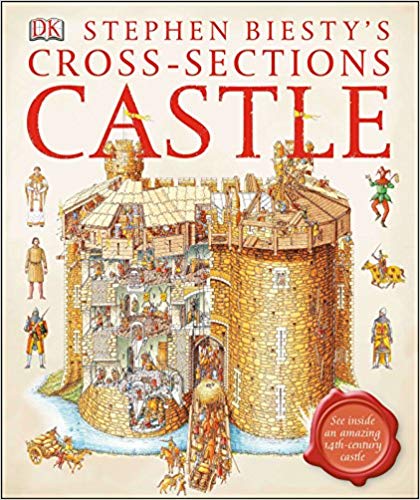 Cross Section Castle See Inside
Cross Section Castle See Inside
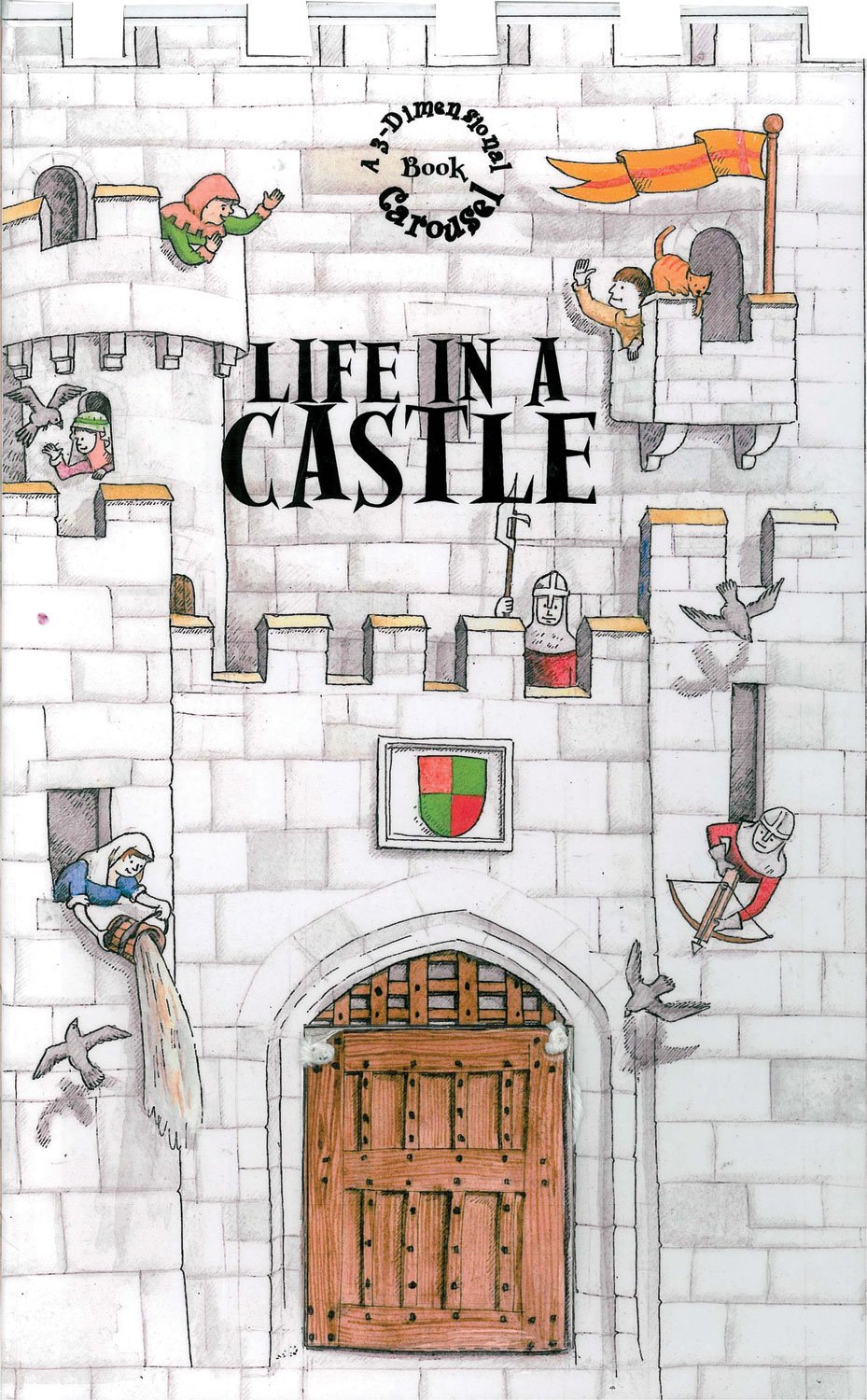 Life in a Castle: 3 Dimensional Carousel
Life in a Castle: 3 Dimensional Carousel
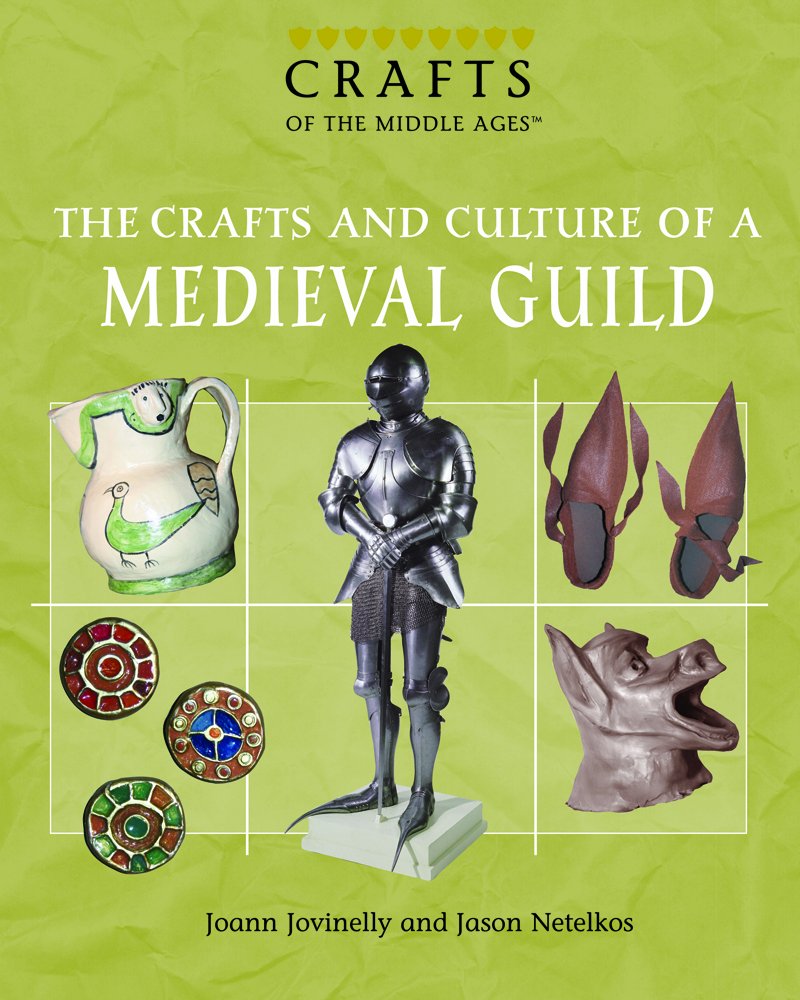 The Crafts And Culture of a Medieval Guild (Crafts of the Middle Ages)
The Crafts And Culture of a Medieval Guild (Crafts of the Middle Ages)
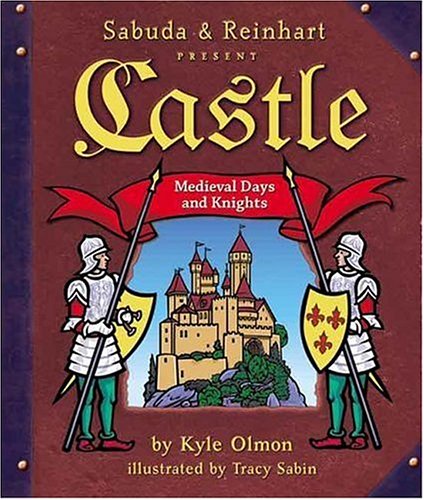 Castle Medieval Days and Knights
Castle Medieval Days and Knights
Medieval Castle Chalk Drawing
This chalk drawing was a late addition to our Middle Ages unit. The book that inspired this drawing is called If You Were Me and Lived in…the Middle Ages: An Introduction to Civilizations Throughout Time by Carole P. Roman. Even though we’ve officially moved on from our Middle Ages unit to study other parts of the world, we continue to do projects and read books. The book that inspired this chalk drawing is a new book for us and was purchased after we began another unit, our Silk Road and China unit. During that unit, I found a book by the same author about China, If You Were Me and Lived in…Ancient China: The Han Dynasty. Initially, it wasn’t what I expected. The illustrations were blurry and it was text heavy…but as soon as we read the book, both my 10-year-old daughter and I fell in love with the book. The illustrations grew on us and the story was engaging and from the point of view from a child which I found especially clever. My daughter if there were anymore and soon I was searching for all the books in the series. There are many, yet the China book remains her favorite. For this chalk drawing, I used my Sargent Art Square Chalk Pastels and a blackboard available from Paper, Scissors Stone at Waldorf Supplies. While the size and brand is no longer available, they carry other suitable and truly superior options. Sizes vary so be sure you choose the size the will suit your needs.



The majority of the books and projects were purchased from Rainbow Resource.
The majority of the handwork material was purchased from A Child’s Dream.

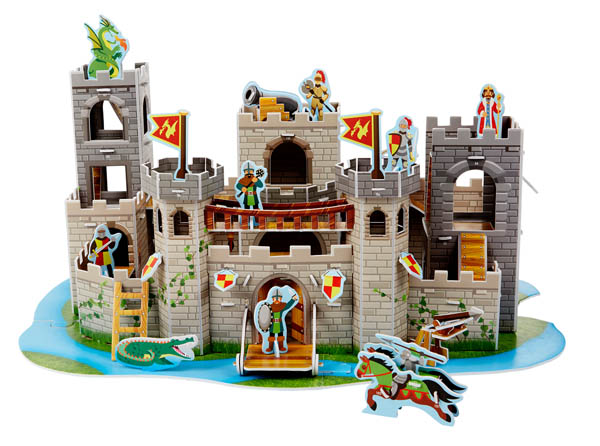
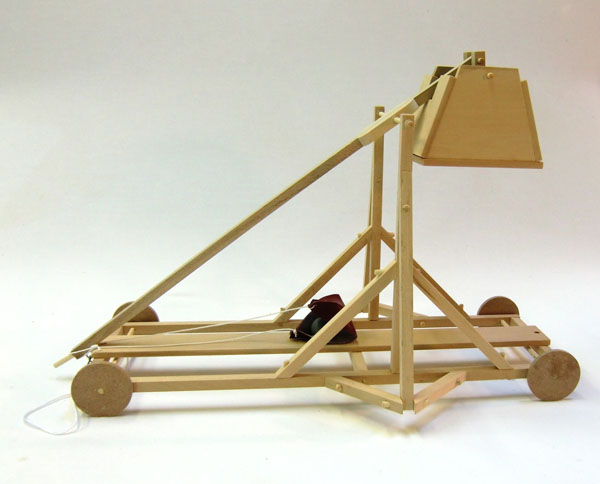

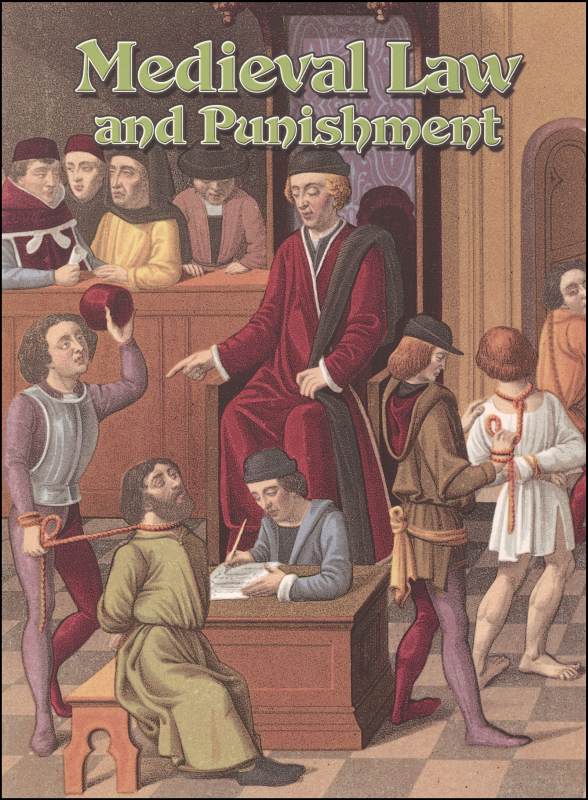
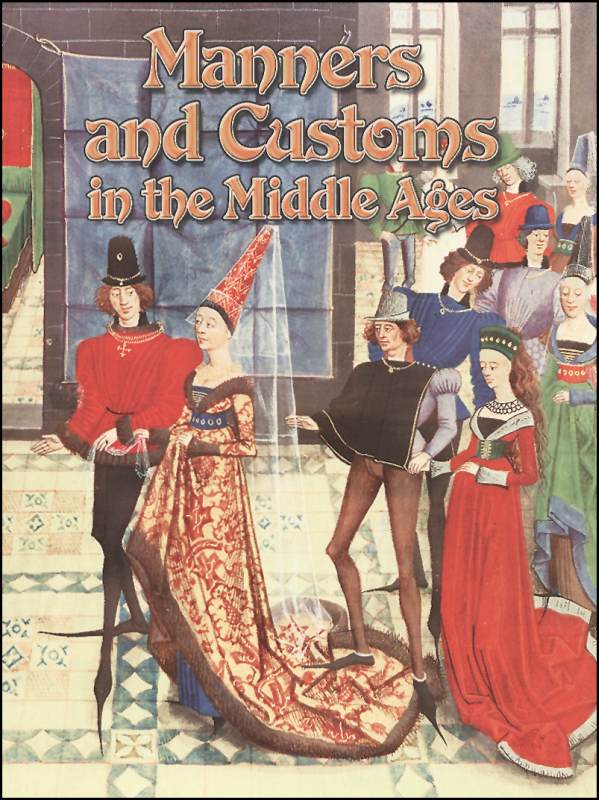
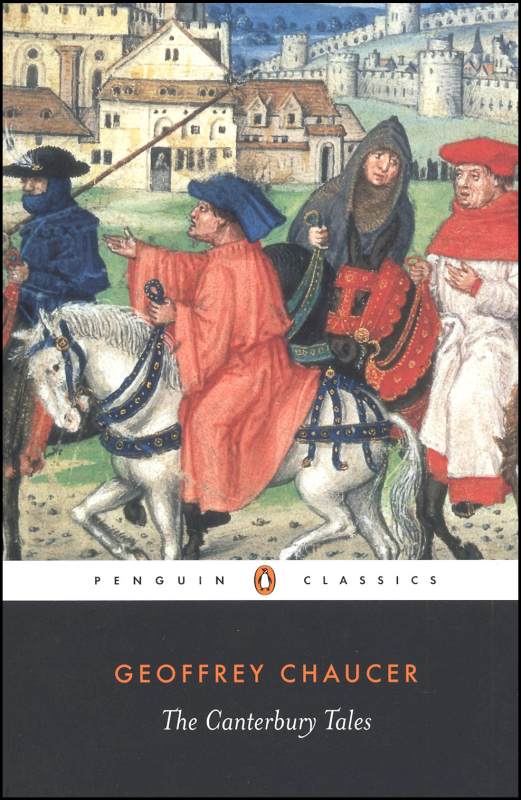



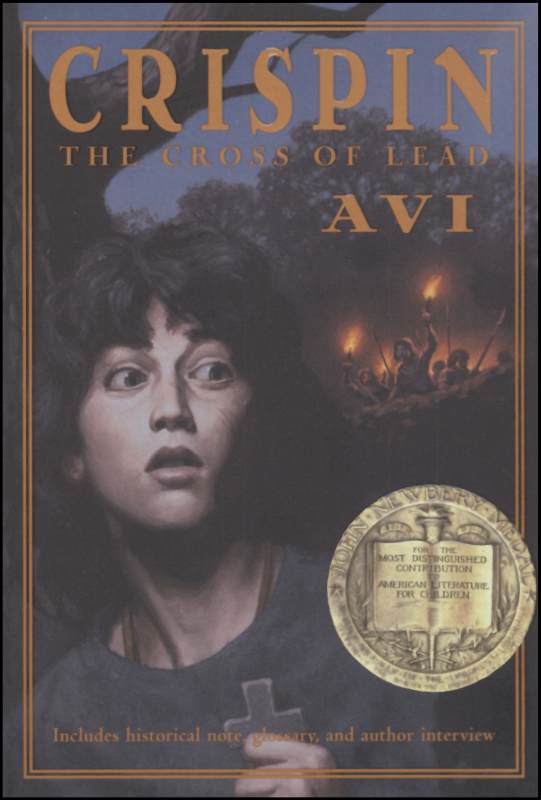
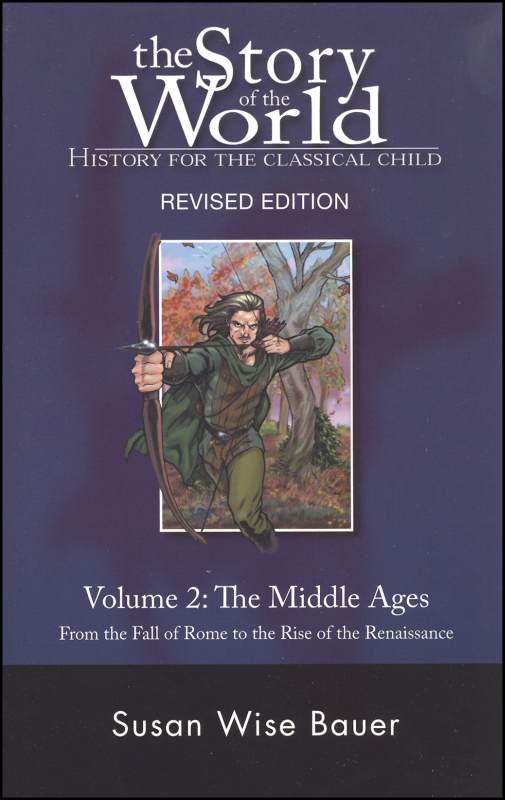
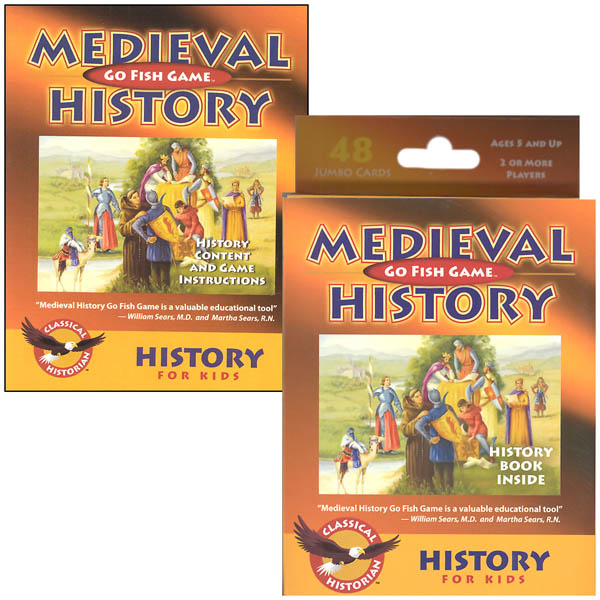


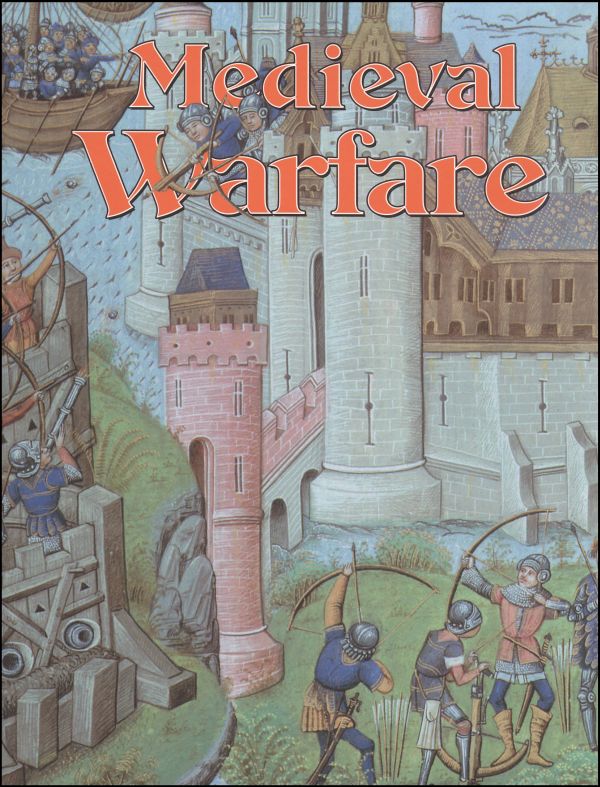
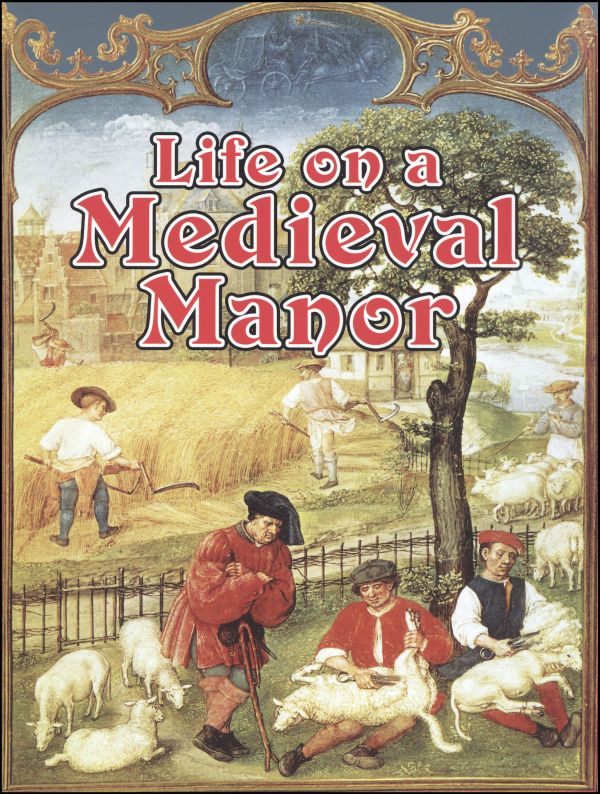
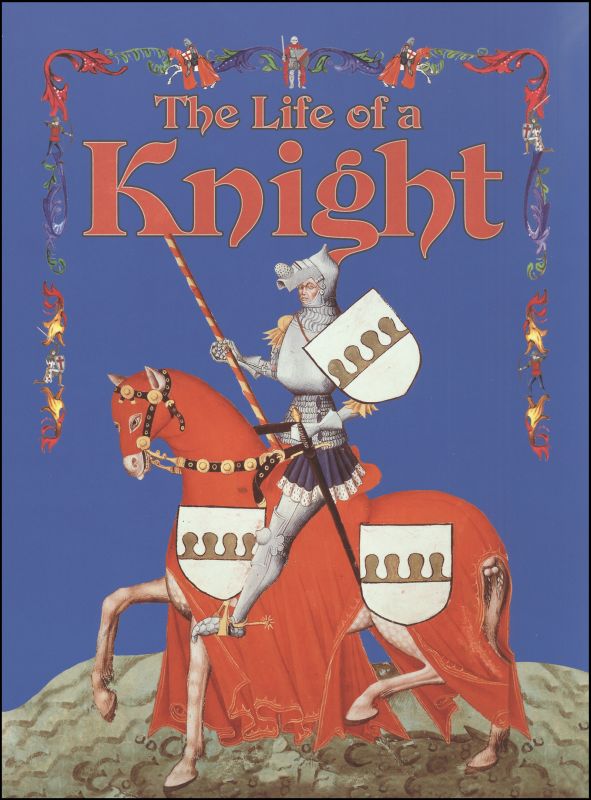
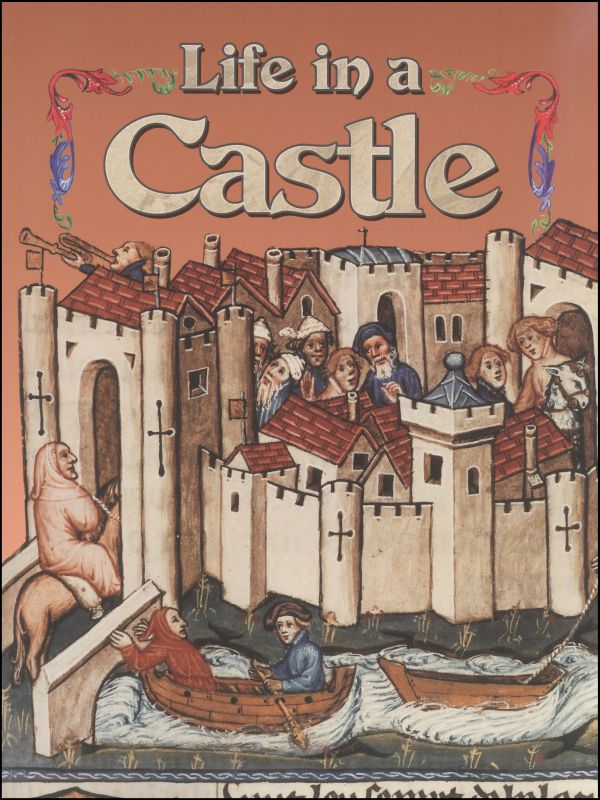

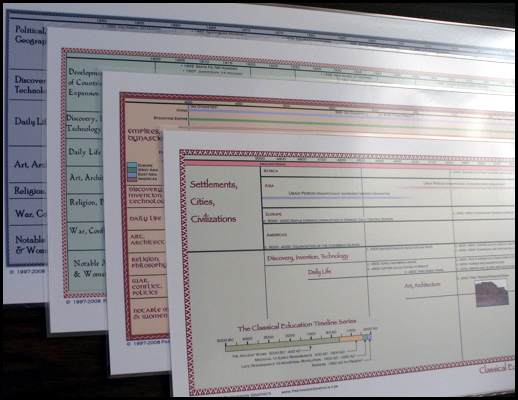
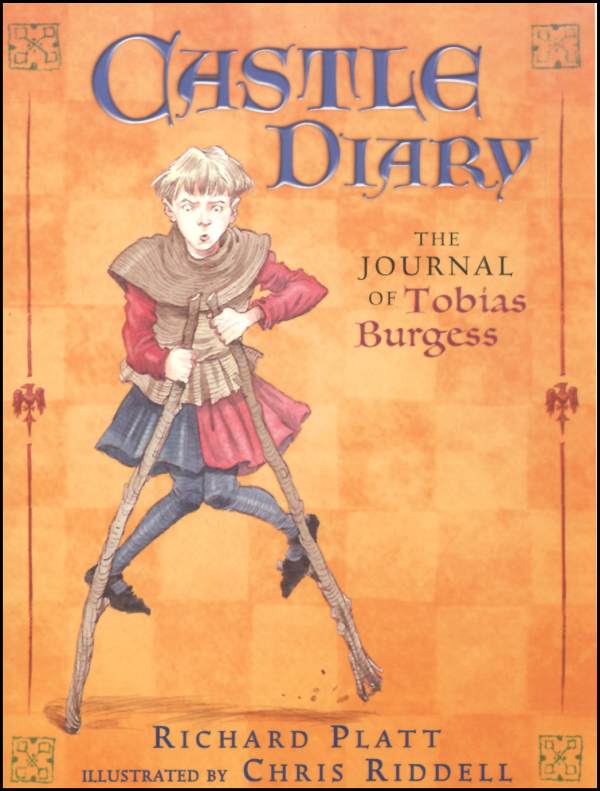

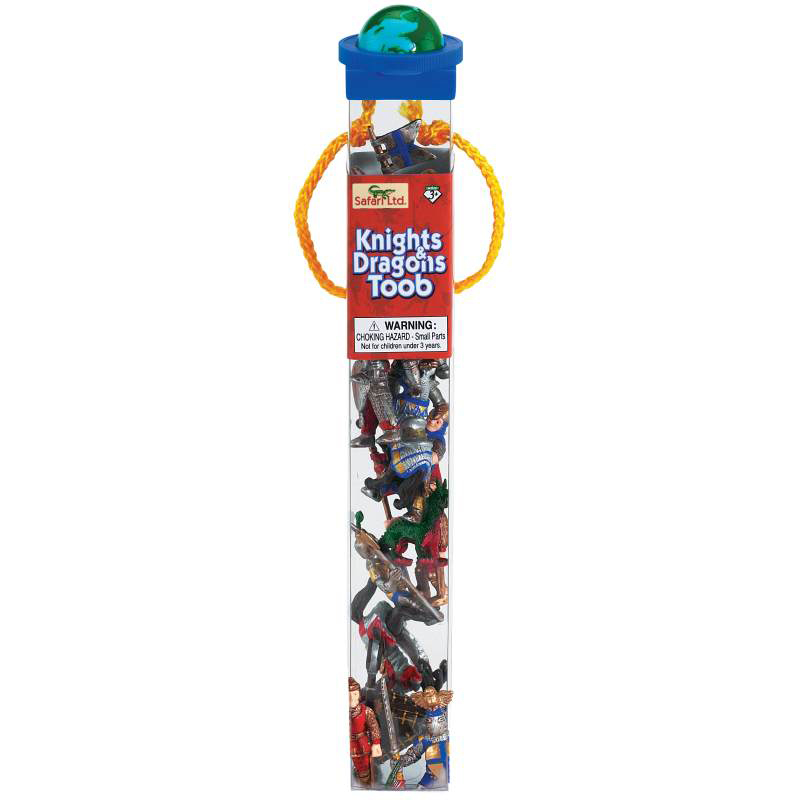
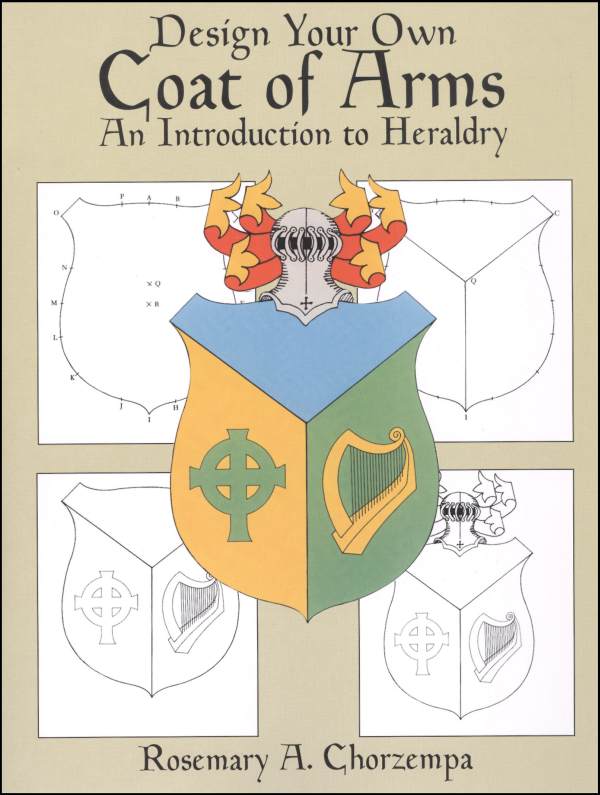

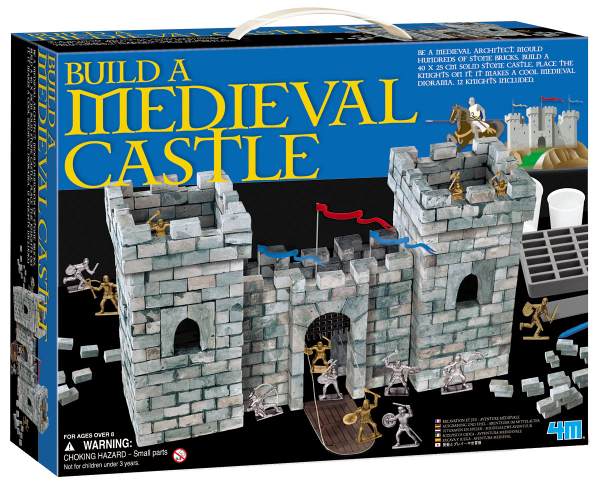
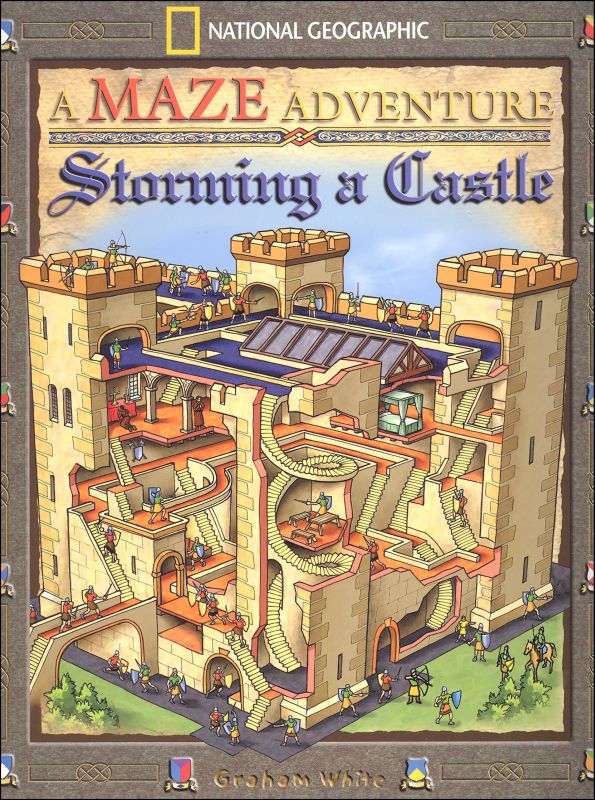
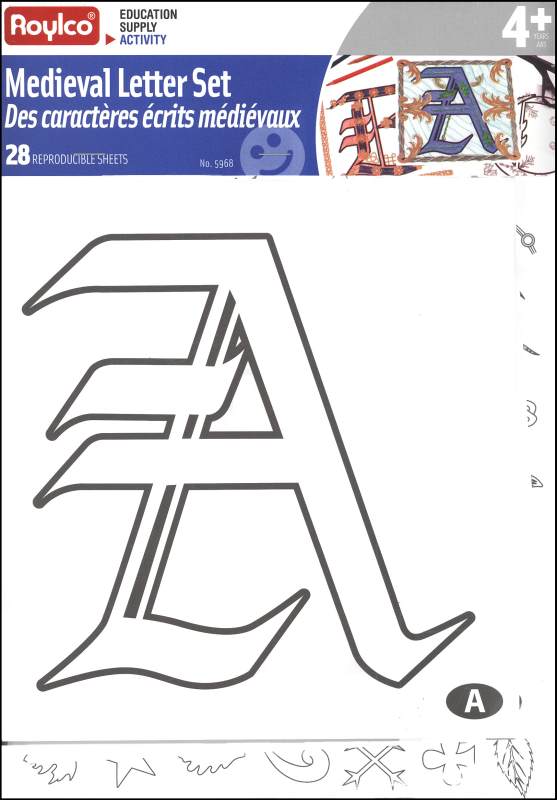

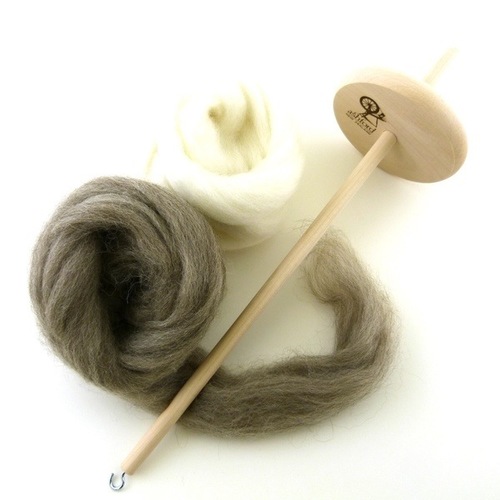
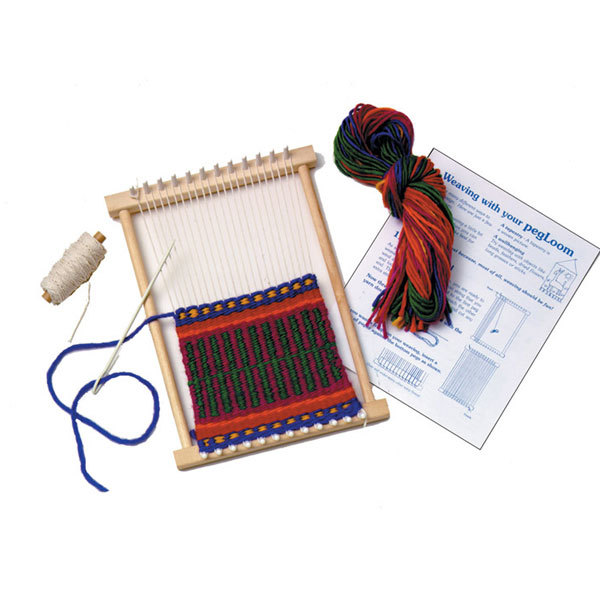

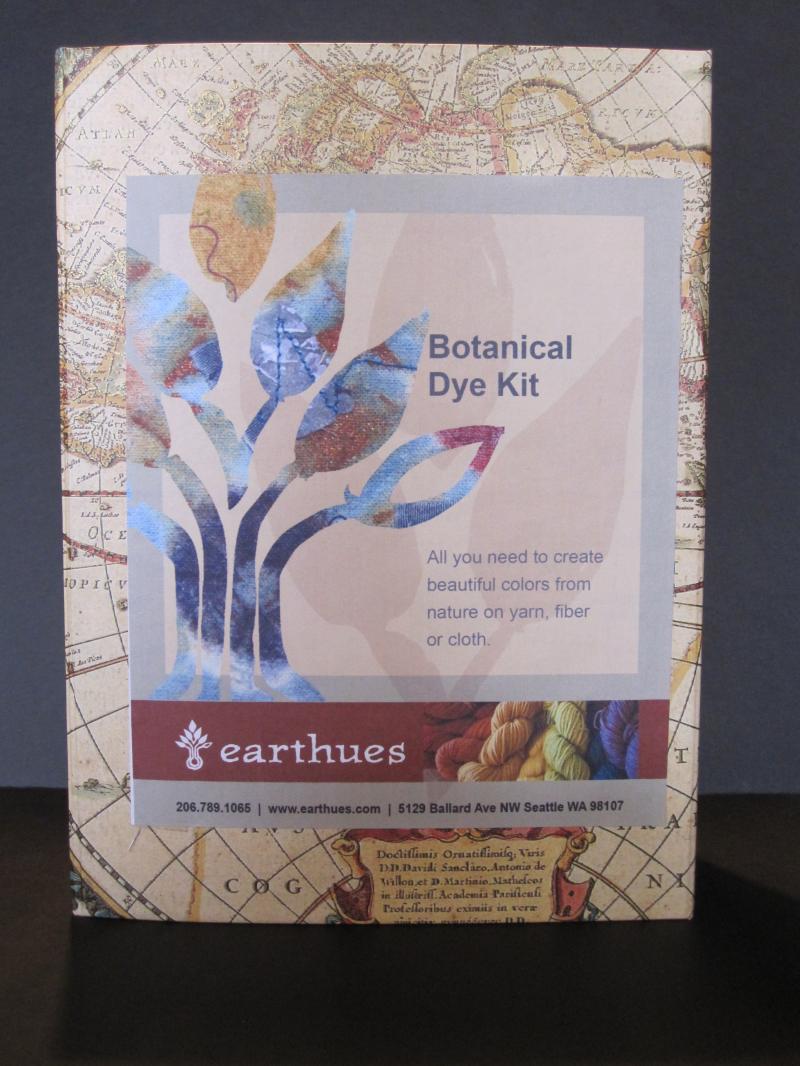




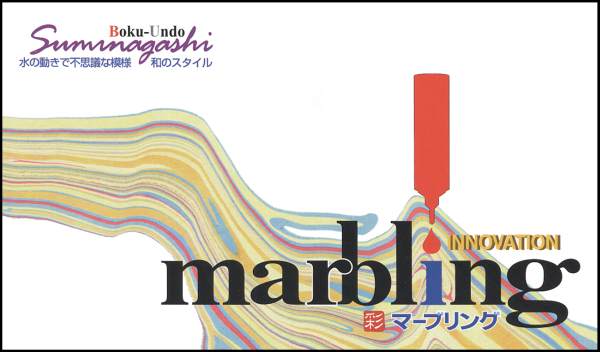
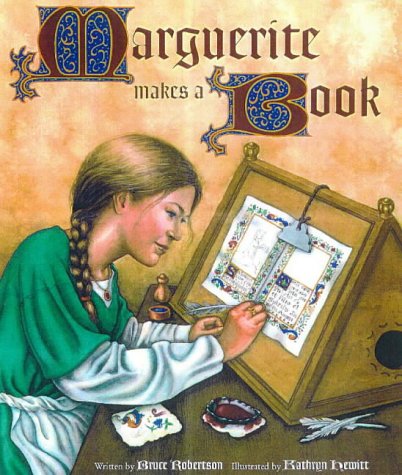



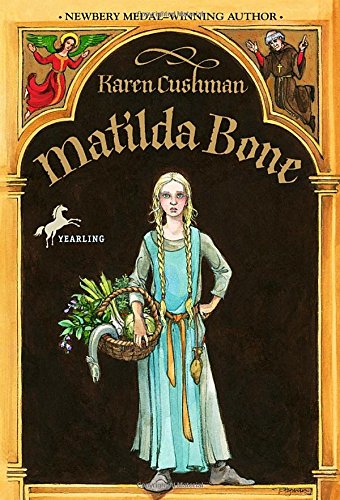
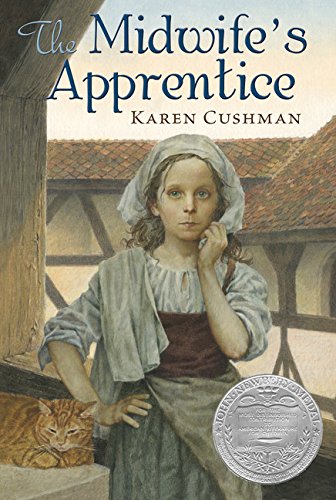
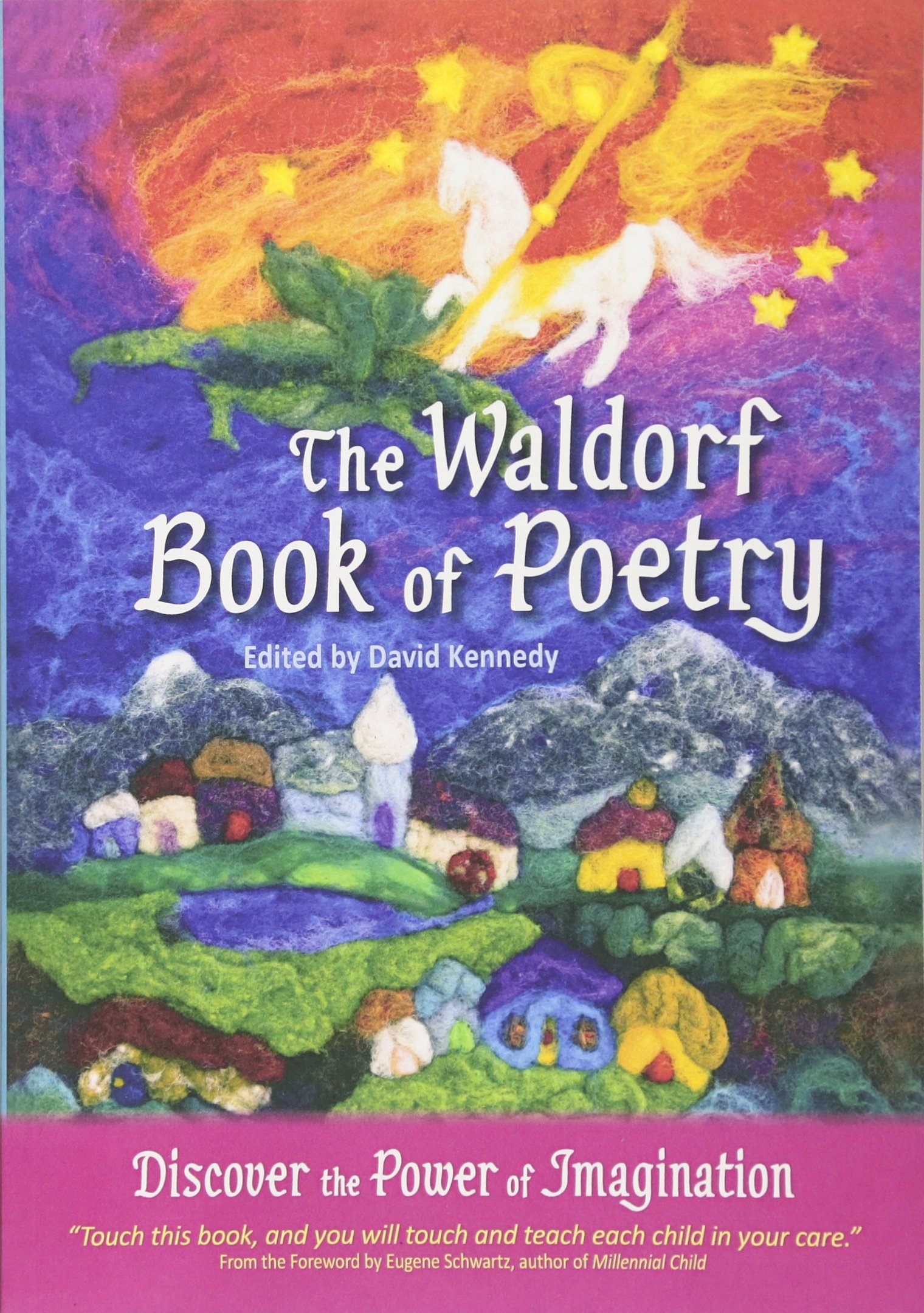
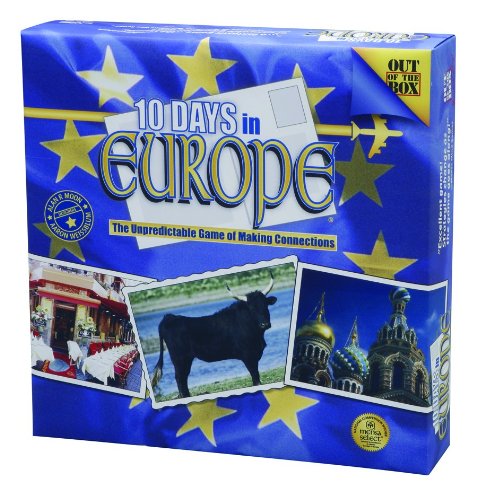

If you ever use audiobooks, Jim Weiss has one called Men of Iron, written by Howard Pyle. It is the story of a boy’s journey to become a knight. My 13 yr. old boys have listened to this over and over again. Perfect for a Middle Ages Unit.
This is phenomenal! We’re also covering the Middle Ages this year (though my children are younger) and kind of like you, I decided to break up our study into three chunks – China and the Silk Road, Medieval Europe, and Africa. We just finished China and the Silk Road and are about to embark on Medieval Europe. These resources are a big help! Some I knew of and have already added to our collection but others were great finds! Jim Weiss also does a King Arthur and a Robin Hood/Three Musketeers, which we have. I’ve also completely raided the children’s picture book section at our local library and found some fun books that my 7 yo and 4 yo (and even the 2 yo) can enjoy!
Wow, you guys really do a lot!! We will be starting our 5th year of homeschooling and I’m feeling a bit lazy after watching this video ;). I’m going to tell myself it is because I also have toddlers lol. Thank you for the great ideas. We will be staying home more, like everyone else in the world, and need an infusion of new activities.
Hello Hana! Your videos are incredibly helpful, thank you! We are finishing up Ancient Rome and our next block will be the Middle Ages. We have enjoyed Charles Kovacs “Ancient Rome” book so much that I was hoping that he had one for Middle Ages. I was looking at his book “The Age of Discovery” table of contents and it has some Middle Ages topics in the beginning. Have you used this book before? I hadn’t seen it in any of your videos I’ve watched yet, so I am curious!
Oh I see! 🙂 Do you find Live Education’s summaries more appealing than Kovacs? We’ve been reading the Ancient Rome book and then throwing in other books with it. As of right now I don’t have a “spine” for the Middle Ages but I do have plenty of books haha. We really love Landmark books here, if you ever want to check them out. 🙂 They are older and I recall you saying you didn’t like old books as much. They’re written by different authors but we’ve found most that we’ve read pretty engaging.